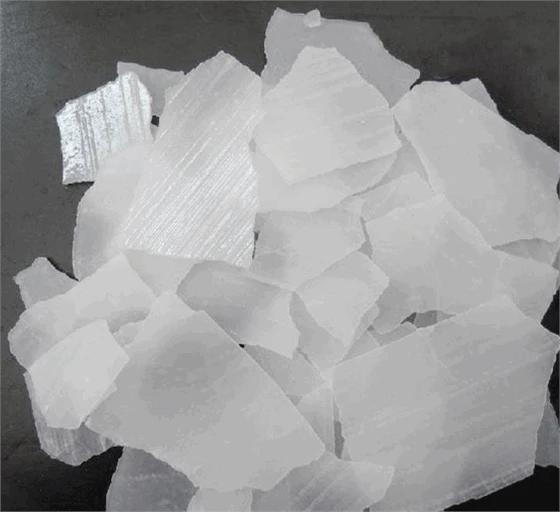



calcium ammonium nitrate vs ammonium nitrate
Calcium Ammonium Nitrate vs. Ammonium Nitrate A Comparative Analysis
In the world of agriculture and plant nutrition, fertilizers play a pivotal role in enhancing crop yields and maintaining soil fertility. Among the various nitrogen fertilizers available, ammonium nitrate and calcium ammonium nitrate (CAN) are two prominent choices used by farmers worldwide. While both provide essential nutrients, their chemical compositions, modes of action, and impacts on the environment differ significantly. This article explores these two fertilizers, emphasizing their advantages, disadvantages, and appropriate applications.
Chemical Composition and Structure
Ammonium nitrate (NH4NO3) is a chemical compound that consists of equal parts nitrogen in ammonium (NH4+) and nitrate (NO3-) forms. It is highly soluble in water, making it an excellent source of nitrogen for plants. Ammonium nitrate is often utilized in various forms, including granular, pelletized, or as a solution, making it versatile for different spreading methods.
Calcium ammonium nitrate, on the other hand, is a composite fertilizer that combines ammonium nitrate with calcium carbonate or calcium hydroxide. The general formula for calcium ammonium nitrate is represented as 5Ca(NO3)2·NH4NO3·10H2O, indicating its composition of both ammonium ions and calcium ions. The presence of calcium not only provides an additional nutrient beneficial for plant growth but also enhances the properties of the fertilizer, such as reducing leaching and improving soil structure.
Nutritional Benefits
Both fertilizers supply essential nitrogen; however, their nutrient profiles vary. Ammonium nitrate provides a high concentration of nitrogen, making it one of the most efficient fertilizers for rapid nutrient uptake. This quick release of nitrogen is beneficial during critical growth periods, such as seedling establishment or early crop development.
Calcium ammonium nitrate, with its combination of nitrogen and calcium, offers several advantages. Calcium plays a crucial role in cell wall stability, root development, and overall plant vigor. This makes CAN particularly beneficial for crops that require more calcium, like tomatoes and peppers. Moreover, the gradual release of nitrogen from CAN can lead to prolonged nutrient availability, reducing the risk of nitrogen leaching into groundwater.
Environmental Considerations
calcium ammonium nitrate vs ammonium nitrate

The use of fertilizers has raised environmental concerns, especially regarding nitrogen runoff and water quality. Ammonium nitrate is prone to leaching, which can lead to nitrogen entering waterways, causing eutrophication—a process where excess nutrients lead to algal blooms and depleted oxygen levels in water bodies. This poses a significant threat to aquatic ecosystems and can adversely impact drinking water quality.
Calcium ammonium nitrate is often viewed as a more environmentally friendly option. The presence of calcium helps mitigate the risks associated with nitrate leaching. Moreover, CAN tends to have a lower potential for volatilization, which means it is less likely to release nitrogen into the atmosphere as ammonia gas compared to other nitrogen fertilizers. This characteristic makes it a favorable choice for environmentally-conscious farmers seeking to minimize their ecological footprint.
Application and Use Cases
Both fertilizers have unique application scenarios. Ammonium nitrate is most effective for rapid nutrient uptake, making it suitable for crops that require immediate nitrogen availability. It is commonly recommended for row crops and cereals during the growing season. However, due to its high nitrogen content, it must be used with caution to prevent crop burn and environmental runoff.
Calcium ammonium nitrate is versatile and can be applied to a variety of crops, including vegetables, fruits, and field crops. Its slower nitrogen release makes it suitable for applications that require sustained nutrient availability over time. Additionally, CAN is often recommended for applications in acidic soil conditions where calcium deficiency is a concern.
Conclusion
In summary, while both calcium ammonium nitrate and ammonium nitrate serve as effective nitrogen sources in agriculture, they possess distinct characteristics that cater to different plant needs and environmental considerations. Ammonium nitrate offers immediate nitrogen availability, making it preferable for crops in critical growth stages. In contrast, calcium ammonium nitrate's additional calcium content and slower nutrient release make it advantageous for sustained growth and soil health.
Ultimately, the choice between these two fertilizers should be based on the specific crop requirements, soil conditions, and environmental impact considerations. By understanding the differences between calcium ammonium nitrate and ammonium nitrate, farmers can make informed decisions that enhance crop productivity while promoting sustainable agricultural practices.
-
Why Sodium Persulfate Is Everywhere NowNewsJul.07,2025
-
Why Polyacrylamide Is in High DemandNewsJul.07,2025
-
Understanding Paint Chemicals and Their ApplicationsNewsJul.07,2025
-
Smart Use Of Mining ChemicalsNewsJul.07,2025
-
Practical Uses of Potassium MonopersulfateNewsJul.07,2025
-
Agrochemicals In Real FarmingNewsJul.07,2025
-
Sodium Chlorite Hot UsesNewsJul.01,2025










